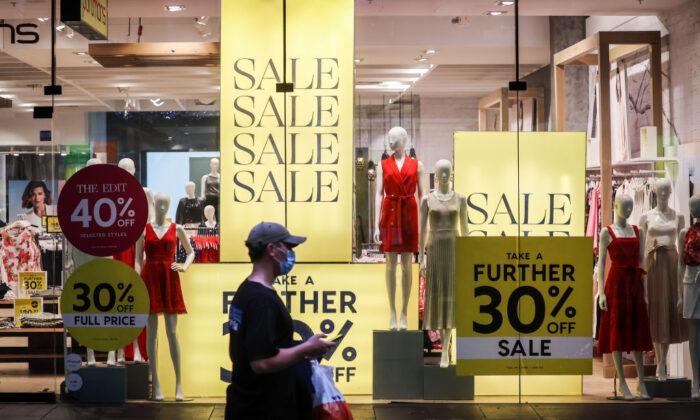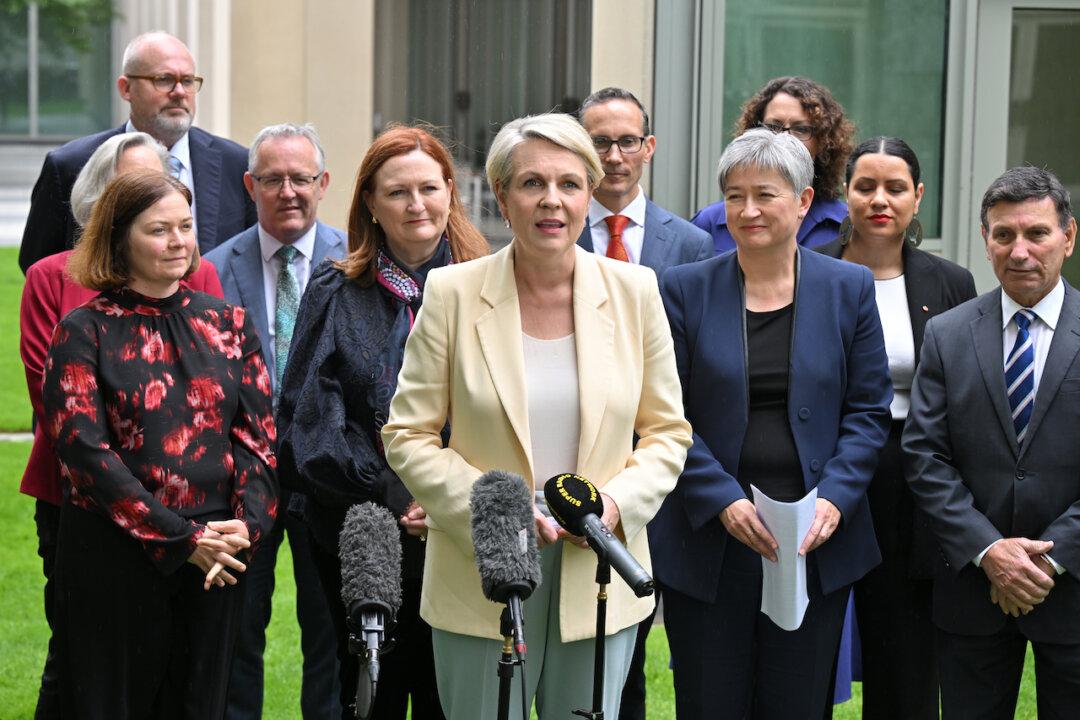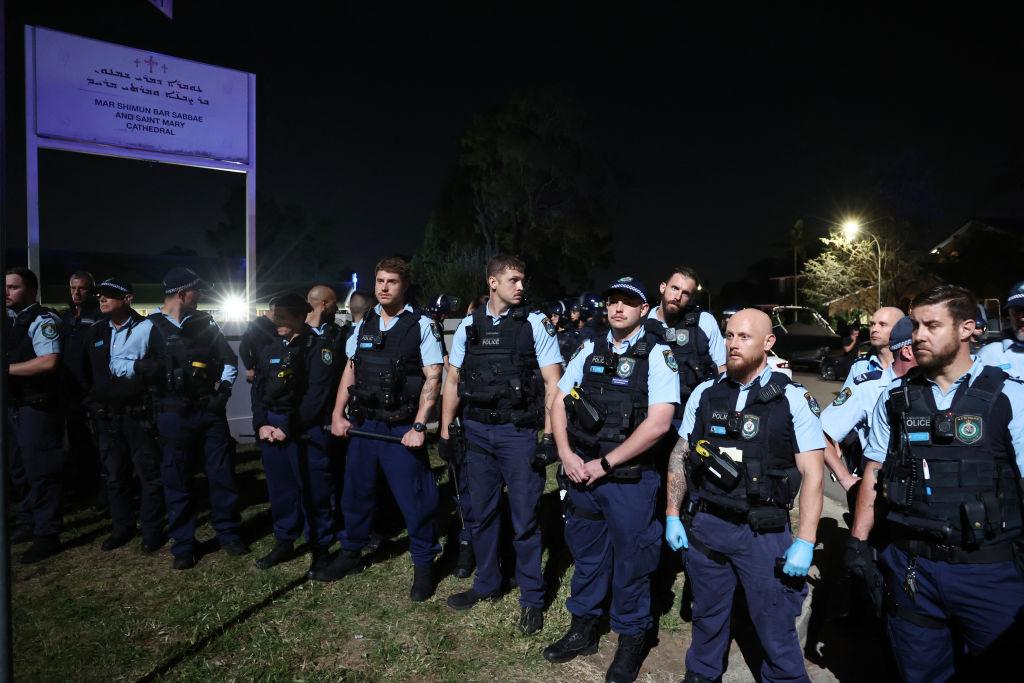Online sales in Australia are expected to reach a record on Boxing Day, according to data released this week by Commonwealth Bank.
The survey of 1,005 people revealed that 60 percent of online shoppers were mainly motivated by convenience, 54 percent want to avoid queues, and 43 percent were happy to avoid traffic.
Australian Retailers Association chief executive Paul Zahra said the “big difference” this year will be an increased level in online shopping as some people want to avoid crowds.
“We still expect crowds but people will be more organised. There will be less browsing.”
Zahra said one of the main reasons why people would spend more on shopping this season than last year is because they could not, or would not spend their money on overseas travel during the pandemic.
Staying at home had also helped people save money, he added.
It is estimated that Australians will splurge $4 billion in Boxing Day sales—more than last year—in stores and online, while 69 percent were planning to bag a bargain or two.
“As the nation bounces back, Australians are embracing shopping and are excited to hit the sales,” said Kate Crous, CBA’s executive general manager of Everday Banking.
“This is welcome news for retailers, who are keen to see consumers return after a tough few months, and is also great for consumers hoping to get good value from their shopping.”
The survey also revealed that the average spend is expected to be $557—up 14 percent from what people say they spent a year ago ($487).
On average, men are looking to spend more than women ($646 vs $459) while parents with one or two children are looking to make the most out of the sales and spend $731.
The majority of people surveyed said they prefer to shop in-store, with 46 percent of in-store shoppers citing they were after the in-store experience, and 43 percent saying they are looking for inspirations and ideas.
Clothing and shoes are tipped to be the most popular purchase, with younger females (18 to 29 years) expected to be the biggest spenders in this category.
Technology, home electricals and white goods, and furniture are the next most popular purchase categories, with males aged 30 to 39 years most likely to be updating their tech.
“Lockdowns have eased and there is new reason to shop,” Zahra said. “We’re celebrating with family and enjoying the outdoors.”
While many shoppers will be seeking bargains, online businessman Paul Wigger warned of misleading advertising.
Ads promoting discounts of about 80 percent often only applied to select products being phased out, he said.
“Make sure the deal runs storewide and not on select product lines,” he said.





Friends Read Free